The FOBIF ‘Creatures’ photographic exhibition hosted by Togs Place in Lyttleton Street opened last Friday. It will run till 29 November. There are 24 photos which have been selected from the 125 photos that were sent into FOBIF. Once again thanks to everyone who participated. The photos are online here. We would also like to thank the owners of Togs, Elissa and Jason, and the cafe staff, for their support in holding this exhibition.
Some highlights include the endangered Swift Parrot by Debbie Worland, a group of perching Juvenile Scarlet Robins by Albert Wright and a Red Wattlebird bathing by Vivienne Hamilton. The rest show photos of local fauna including a macro shot of a Grasshopper Nymph by Patrick Kavanagh, a watchful Koala and a curious Yellow-footed Antichinus by Damian Kelly. We encourage everyone to go along and have a look at this impressive show by local photographers.
You can view a PDF version of the catalogue here. All photos are for sale. For enquiries ring Bronwyn silver 0448751111.
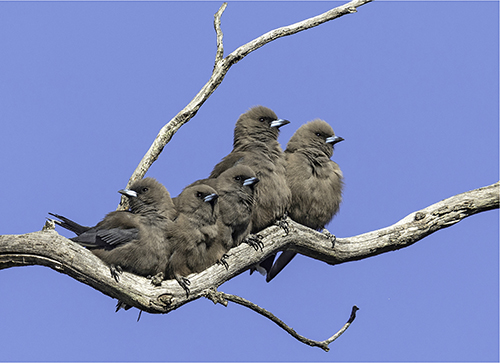
Dusky Woodswallows by Geoff Park
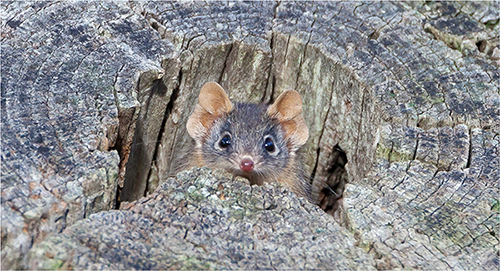
Yellow-footed Antechinus by Damian Kelly
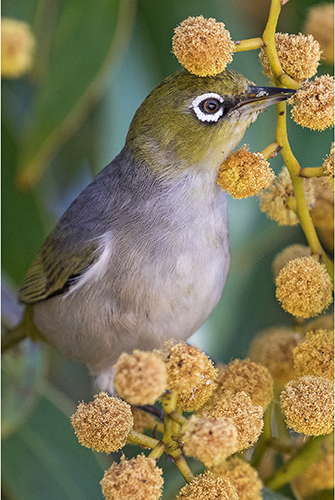
Silvereye by Arlen Truscott



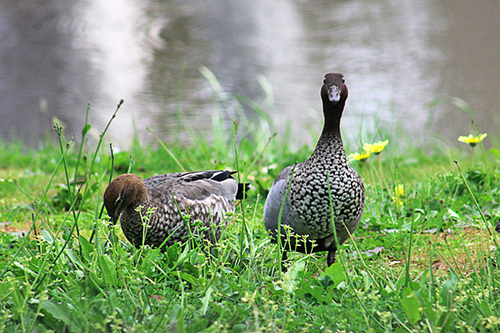
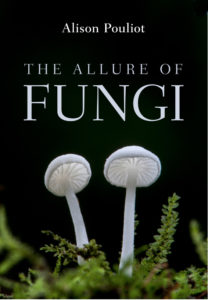
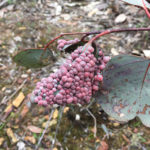
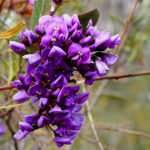
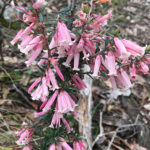
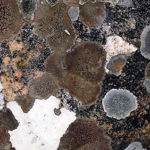
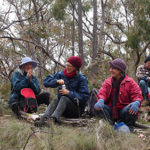
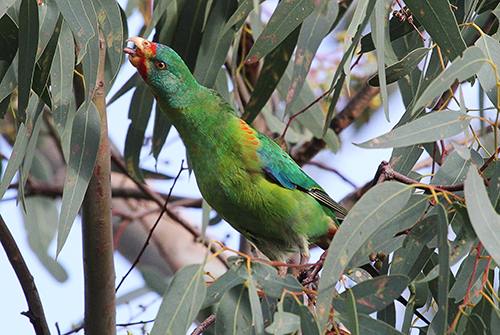
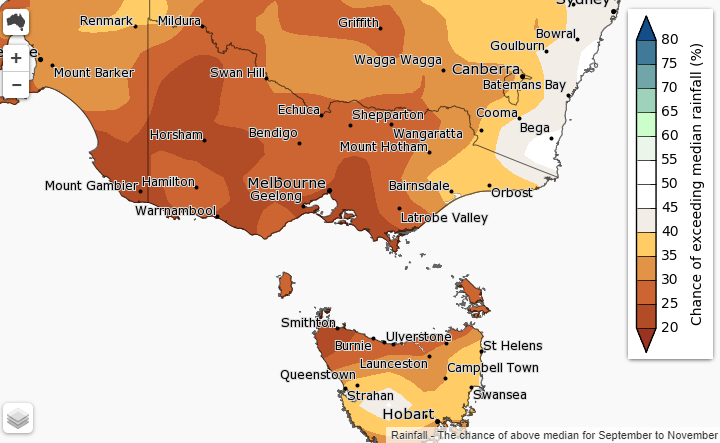
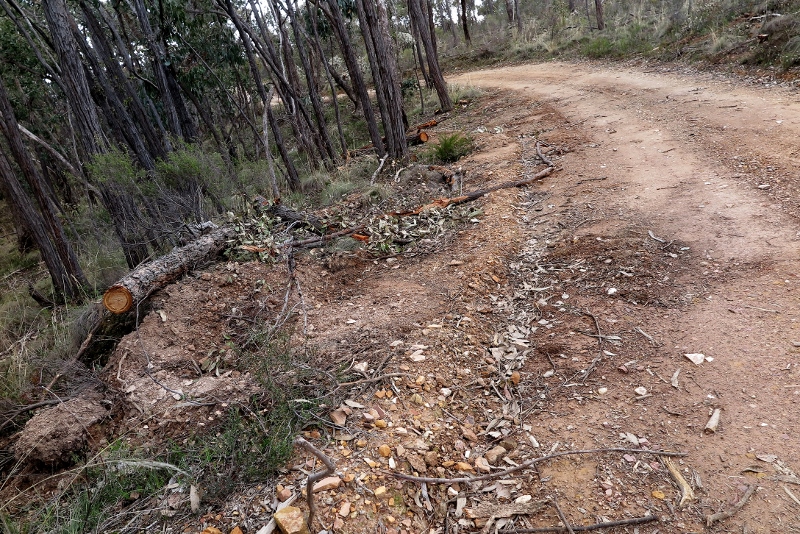

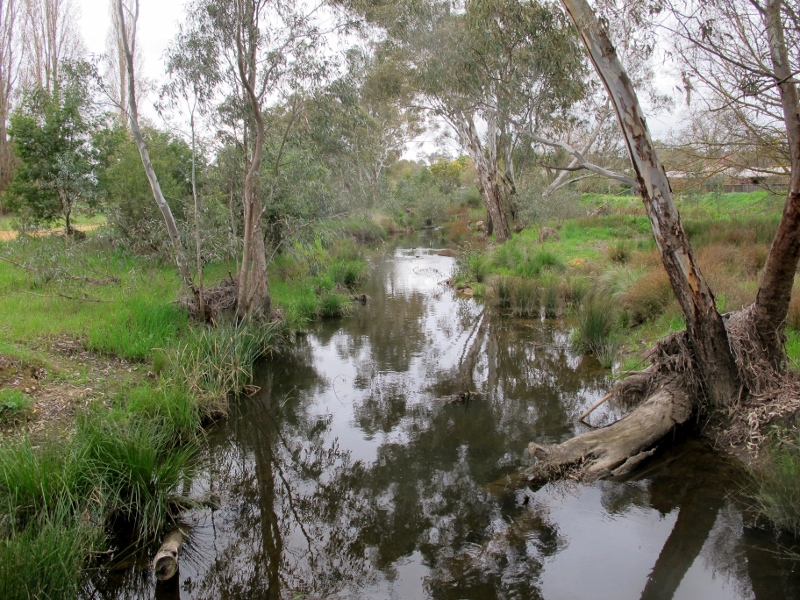



 Click on image for info/order page
Click on image for info/order page Click on image for info/order page
Click on image for info/order page Click on image for info/order page
Click on image for info/order page




















